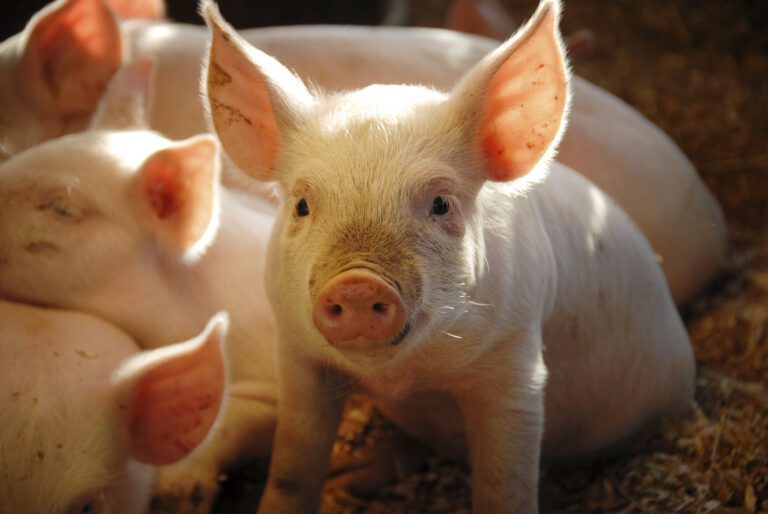
Regenerative Medicine Research With Porcine Skin Tissue
Today we’ll discuss yet another example of the similarities between human and porcine skin tissue in terms of wound healing. Pressure ulcer prevention is important for

Today we’ll discuss yet another example of the similarities between human and porcine skin tissue in terms of wound healing. Pressure ulcer prevention is important for
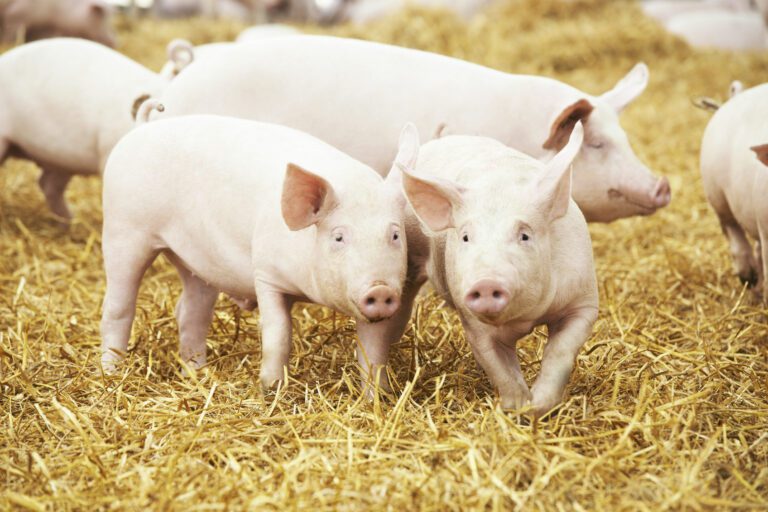
Porcine epithelium is an important tissue that is used in wound healing research, and is harvested from porcine models. For example, a Brazilian study published
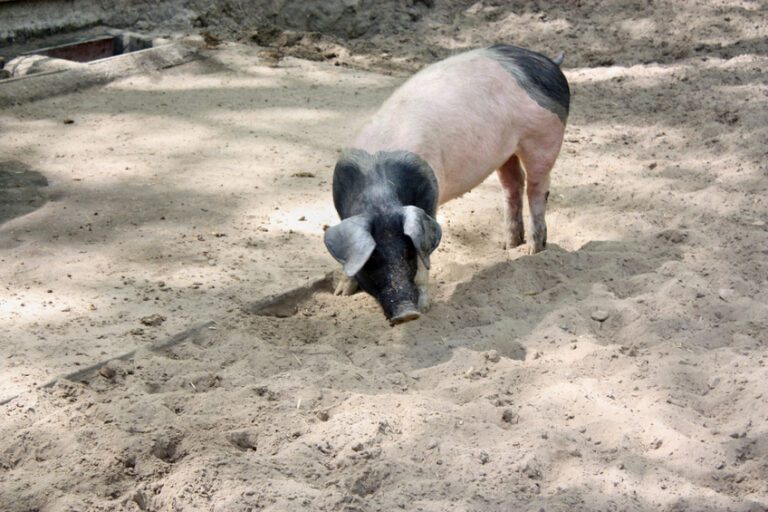
Humans and pigs are biologically similar enough for research that the latter help make medical breakthroughs to help the former. But a new project at
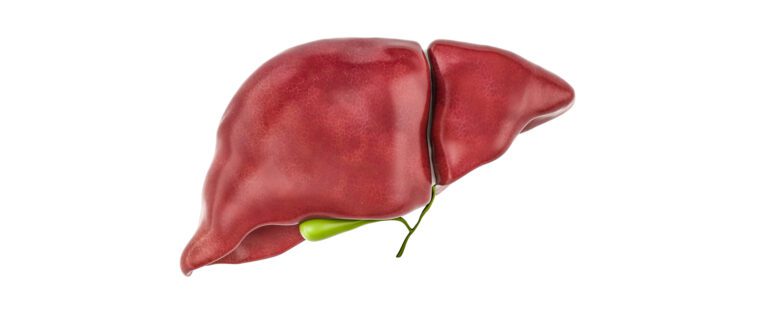
Hernias occur after about 30 percent of orthotropic liver transplants, or OLT. As discussed earlier this year in the Germany Journal of Gastroenterology, a group
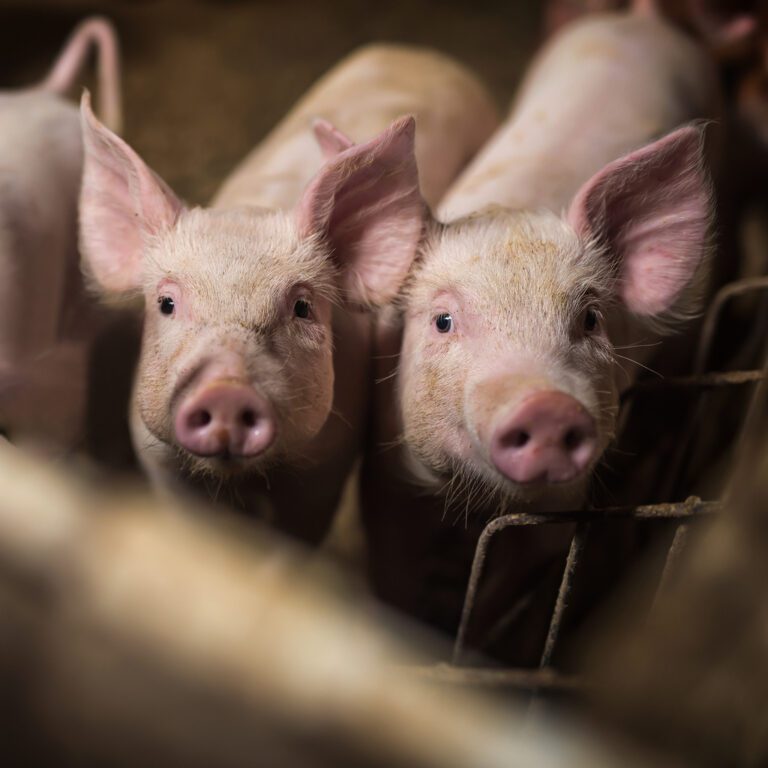
It is important to determine the mechanical behavior of vessels and other soft tissues in order to know how they properly handle loads in all
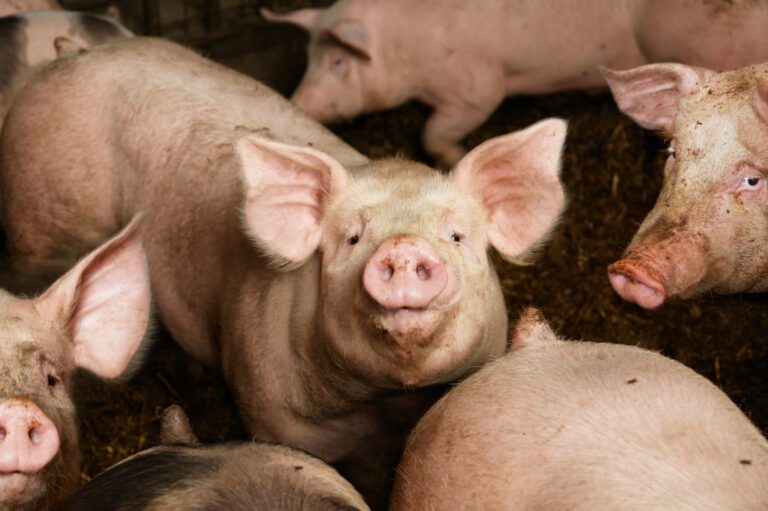
Pigs are increasingly being used as an alternative to animals like dogs and monkeys when it comes to surgical procedures and preclinical toxicology testing of
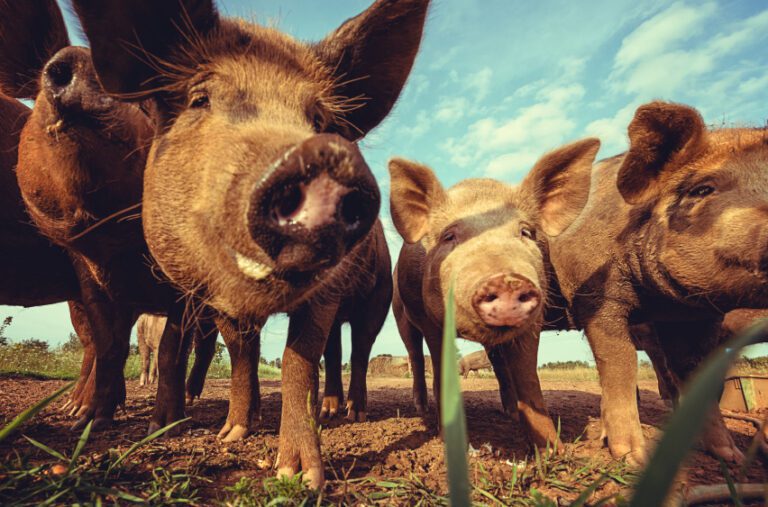
“The creatures outside looked from pig to man, and from man to pig, and from pig to man again: but already it was impossible to
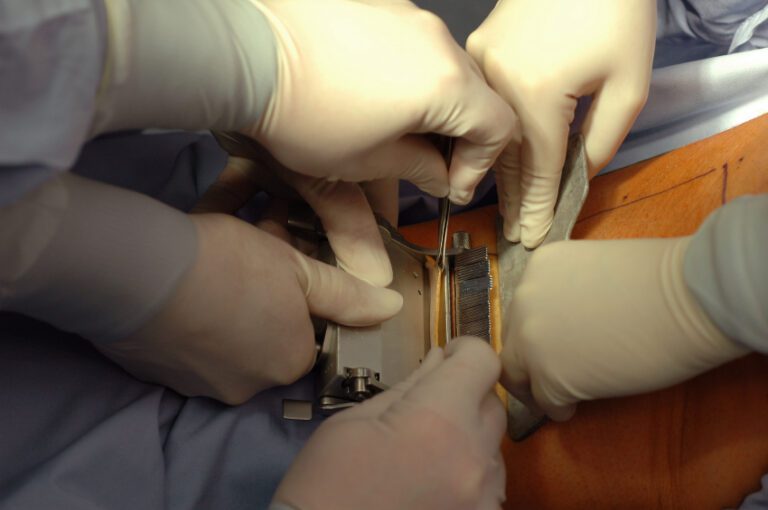
There are more than 123,000 Americans waiting for the organ transplants that can save their lives. And while pigs’ organs are close to humans’ in
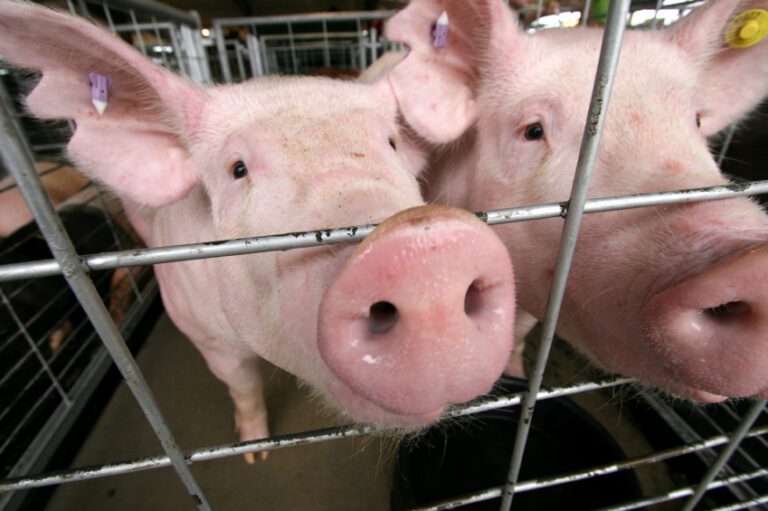
An acellular cholecyst extracellular matrix (p-CEM) of porcine origin was prepared using anionic biological detergent and the healing potential compared with commercially available collagen sheet
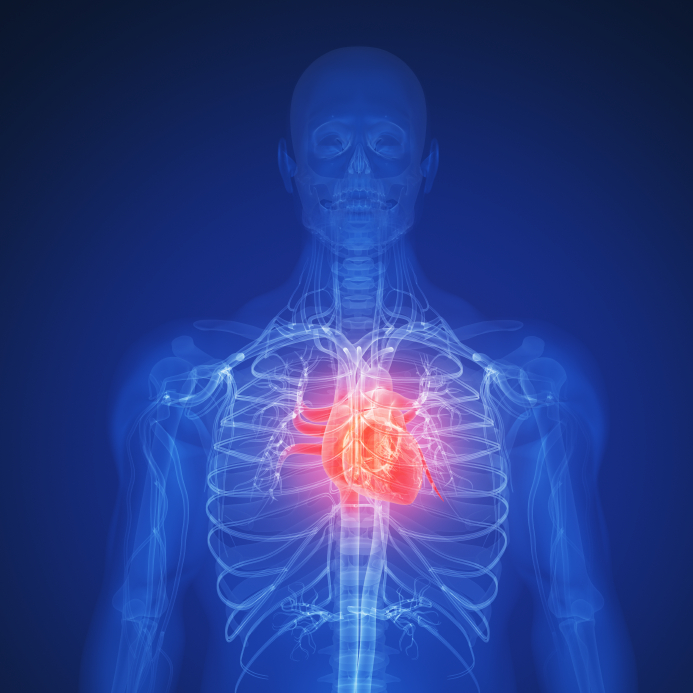
Heart disease is a leading cause of death in the US today and patients that survive a myocardial infarction have a low five year survival
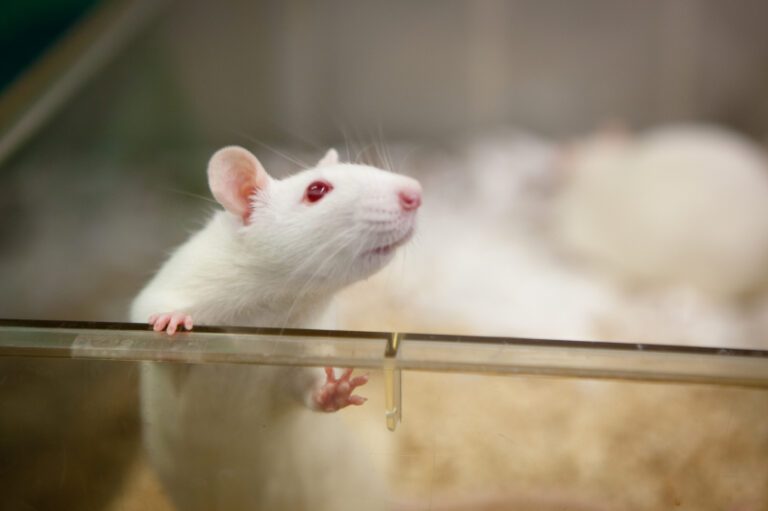
Heart disease is a leading cause of death in the US today and patients that survive a myocardial infarction have a low five year survival
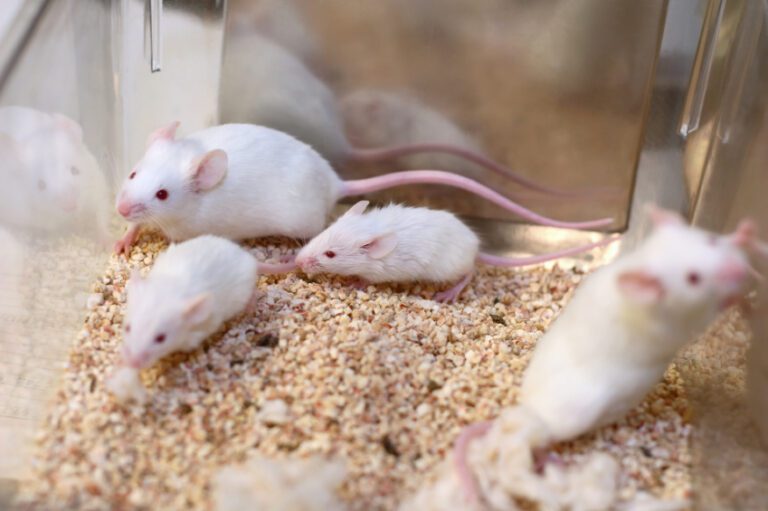
Chronic obstructive pulmonary disease (COPD) shows progressive, irreversible airflow limitation induced by emphysema and lung inflammation. The aim of this study was to determine if
5398 Point Pleasant Pike
Suite B
Doylestown, PA 18902
215.766.7413



Copyright © 2023 animalbiotech.com
Website Design & Marketing by IQnection Digital Marketing
5398 Point Pleasant Pike
Suite B
Doylestown, PA 18902
215.766.7413
Copyright © 2023 animalbiotech.com
Website Design & Marketing by IQnection Digital Marketing